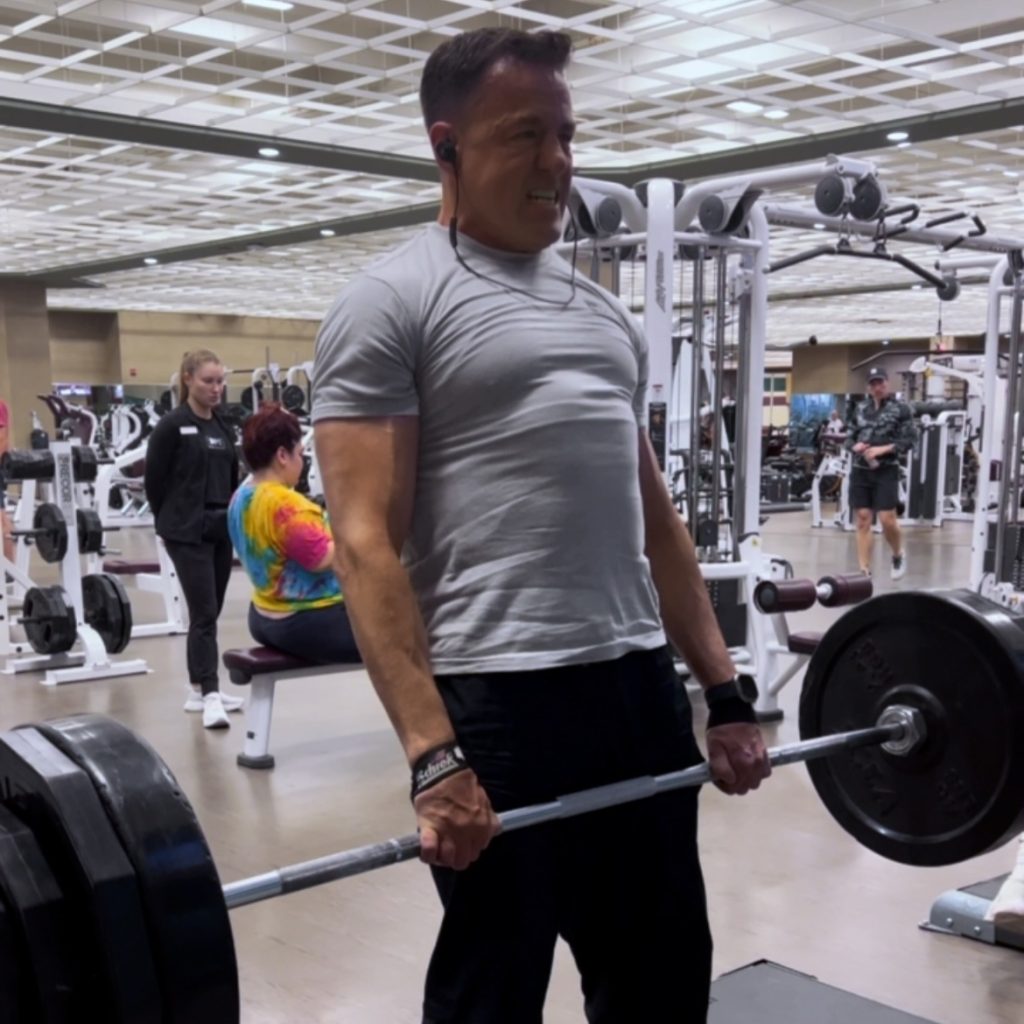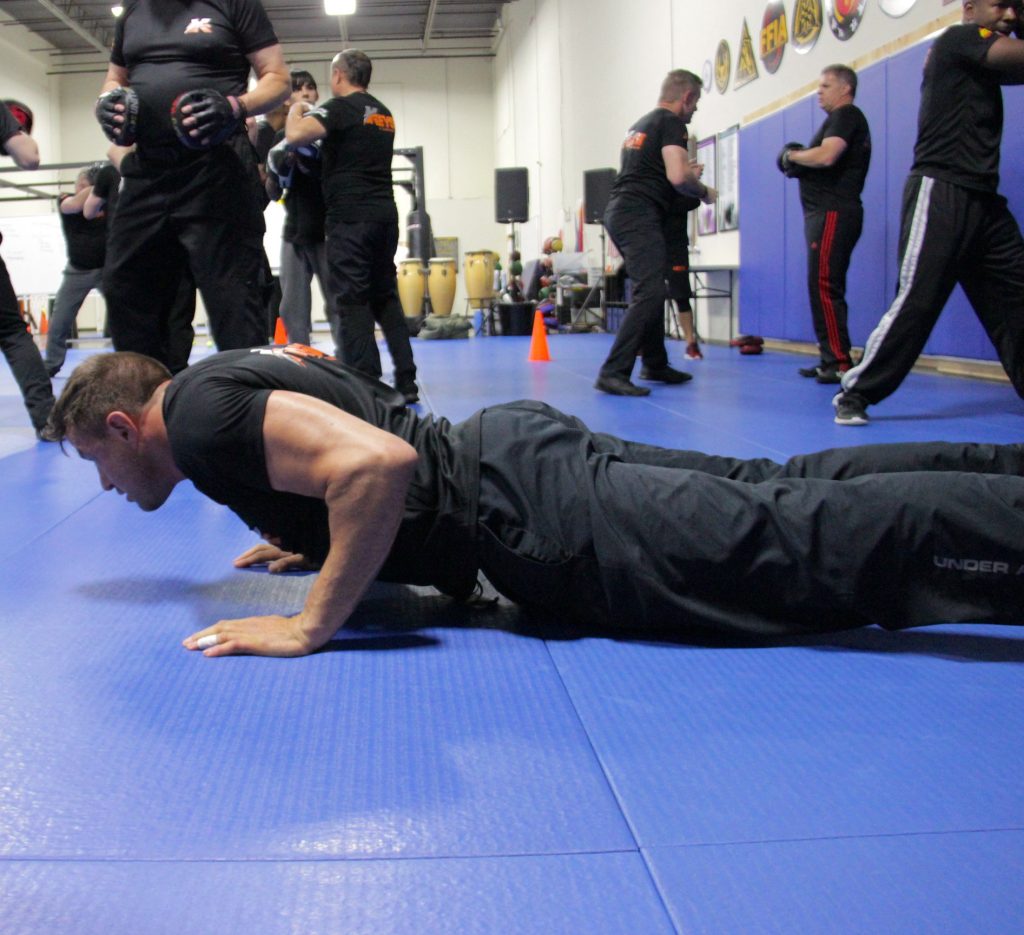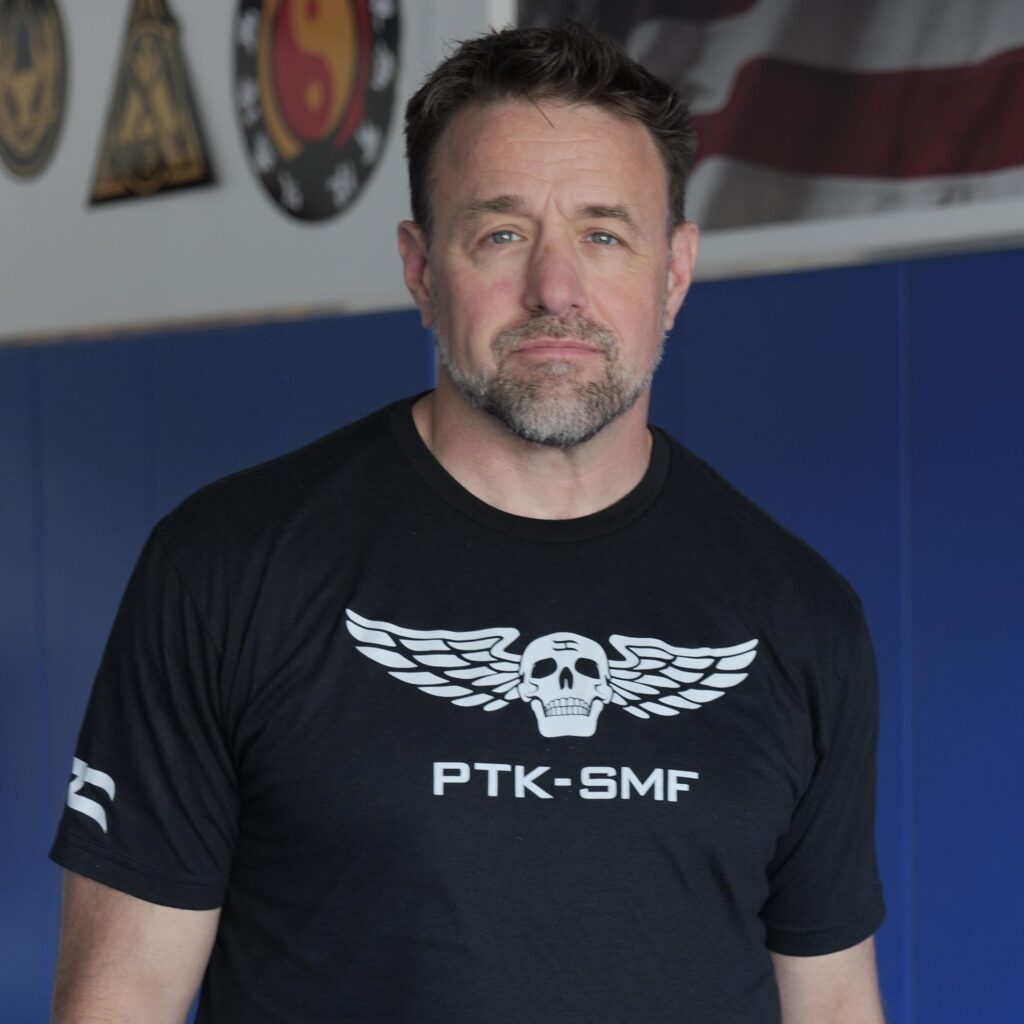
The human body is an extraordinary machine capable of incredible strength, endurance, and adaptation feats. It is designed to thrive under the right conditions, and when you honor its needs, it rewards you with vitality, resilience, and longevity. At its core, physical culture—the intentional practice of movement, resistance, and training—is a form of medicine for both the body and the mind.
One of the most powerful principles in physical culture is the concept of struggle. In a world that often emphasizes comfort and convenience, the deliberate act of placing the body under controlled resistance is both counterintuitive and transformative. Here’s why giving your body a challenge is one of the most important things you can do for your health and well-being.
I have lived this lifestyle for nearly 55 years. I started training in martial arts at age 11 and began weight training in the gym at 14. Both practices became pillars of my life, and I maintained them consistently until just a few years ago when I faced significant challenges: a major shoulder surgery followed by major elbow surgery. These surgeries sidelined me for nearly two years—the longest break I’ve ever taken from the academy and the gym. It was the second biggest physical setback of my life.
The recovery process was tougher than I ever anticipated. At times, I felt like I had lost the identity I had built over decades of hard work and discipline. Even my doctor, with the best intentions, told me, “Well, you just have to accept some things.” But I couldn’t—and wouldn’t—accept that. I’ve spent my entire life refusing to settle for less than what I’mcapable of, and I wasn’t about to start now.
So, I made a decision. I set up a garage gym with the essentials and got to work. Let me be honest: it wasn’t easy. In fact,it was excruciating at times. The pain was a constant companion, and there were moments when that voice in my head—the one urging me to slow down or give up—almost made sense. But I chose not to listen. I stuck with it, taking smaller steps than I was used to, but steps forward nonetheless.
Slowly but surely, my body began to respond. Day by day, I regained strength and movement. And here’s the thing: I’mnow doing the very things that doctors said were behind me. They told me those days were over, but they weren’t. Through hard work, perseverance, and a refusal to settle, I’ve proven that those days aren’t just memories—they’re still happening.
This journey reminded me of something profound: setbacks are inevitable, but whether they define you is up to you. My recovery wasn’t just about my physical body—it was about my spirit. And I’ll tell you this: both are stronger than ever.
The Gift of Struggle
When you introduce struggle into your routine—through weightlifting, martial arts, bodyweight exercises, or any form of resistance training—you are forcing your body to adapt and grow. Struggle is the stimulus that signals your muscles, bones, and connective tissues to become stronger.
Without struggle, the body stagnates. Sedentary lifestyles lead to weakened muscles, brittle bones, and diminished energy. But when you embrace the challenge, your body recognizes the need to rebuild itself stronger than before. This concept, known as progressive overload, is the foundation of physical adaptation. I struggled to learn this principle because it contradicted my very being. I mean, come on, let’s give it 150% until we can’t walk, right?
Resistance training, for example, does more than build muscle—it strengthens your bones, improves joint stability, and enhances your metabolic health. Every rep and every set challenges your body to overcome its limitations, turning struggle into strength.
Train In, Not Just Train Hard
It’s not just about how much effort you exert—it’s about intentionality. Training in means becoming present with your body, focusing on proper mechanics, alignment, and execution. This mindful approach to movement ensures that your struggles are productive, minimizing injury and maximizing long-term benefits.

For example, in martial arts, every punch, kick, or drill is an opportunity to refine technique and improve efficiency. The same goes for lifting weights or performing bodyweight exercises. Struggle is only valuable when it is done with purpose.
Old-school physical culture, once a cornerstone of fitness and health in the U.S., was largely forgotten as modern exercise trends and quick-fix solutions took center stage. However, it is now making a strong comeback, with people rediscovering the value of holistic, functional training methods rooted in history and tradition.
This resurgence brings back tools and practices like Indian clubs, kettlebells, and bodyweight exercises, all of which emphasize more than just building muscle—they focus on improving posture, alignment, and overall body functionality. Unlike isolated machine-based workouts, these methods train the body to move as a unified system, enhancing coordination, balance, and mobility.
Posture and alignment, once integral to old-school training, are now being recognized again as foundational to physical health. Poor posture leads to a cascade of issues, including reduced mobility, chronic pain, and inefficient movement patterns. By reintroducing movements that require precision and proper alignment, practitioners can correct imbalances and restore the body’s natural mechanics.
Another critical aspect of physical culture is body tempo—the ability to control the speed and rhythm of movements. This concept trains not just strength but also timing and adaptability, qualities essential for real-world physical demands and athletic performance. Moving with intention and control develops body awareness, a principle that was core to the early physical culture pioneers.
One of the most significant elements of old-school training is the focus on functional, whole-body movement. Exercises like kettlebell swings, Turkish get-ups, and Indian club routines engage multiple muscle groups simultaneously, training the body to work as an integrated unit. This approach doesn’t just build strength—it improves coordination, stability, and efficiency, making everyday tasks and athletic activities more effortless.
The revival of old-school physical culture is about more than nostalgia—it’s a return to methods that emphasize sustainable, practical fitness. By embracing these time-tested tools and techniques, we’re not just building stronger bodies; we’re cultivating resilience, functionality, and long-term health. As this movement grows, it reminds us that the wisdom of the past often holds the key to thriving in the present. All Of which we focus on in my Warriors Path Program.
The Power of Resistance
Resistance doesn’t just come from weights—it’s about challenging the body in multiple ways. Plyometrics, yoga, or even carrying heavy loads all put the body under stress. These stresses force your cardiovascular, muscular, and nervous systems to work together to overcome challenges.
Moreover, resistance training has far-reaching benefits for longevity. Studies show that maintaining muscle mass and strength as you age can reduce the risk of chronic diseases, improve balance, and extend your life span. Resistance becomes a tool not only for physical growth but for sustained health.
Struggle is Mental Medicine Too

Physical struggle doesn’t just transform the body—it fundamentally reshapes the mind. When you confront physical challenges, whether through training, competition, or personal goals, you develop critical mental attributes like resilience, patience, and discipline. These qualities extend far beyond the gym or the mat, empowering you to approach mental and emotional struggles with clarity, confidence, and determination.
Engaging in regular physical struggle cultivates what I call a warrior’s mindset. This mindset embraces discomfort as a necessary stepping stone to growth and achievement. It teaches you to view obstacles not as roadblocks but as opportunities to sharpen your skills, test your limits, and evolve. This mental toughness becomes invaluable not just for physical training but for achieving success in every area of life.
The mind is the driver of the body. A strong body cannot reach its full potential without a strong mind guiding it. In my early days in the martial arts, we referred to this type of mental training as Mind Boxing. It was about learning to control your thoughts, emotions, and reactions with the same discipline and precision you apply to your physical techniques. If your mind is strong, your body will follow.
To be effective in life, you must be in command of your mind, not at the mercy of the world around you. The reality is that 95% of people will give up long before you will if you’ve cultivated mental fortitude. They’ll often try to pull you down to their level because it makes them feel better about their own choices. But a warrior doesn’t follow the crowd; a warrior sets the standard.
Training your mind is just as important as training your body. It’s about building the ability to endure, to persist when things are difficult, and to resist the temptation to quit when it would be easier to give in. This combination of mental and physical strength is what sets you apart—it’s what keeps you on your path while others fall away.
Start Where You Are, Build From There
The beauty of physical culture is that it’s not about perfection—it’s about progress. Start with where you are today. If you’re new to resistance training, begin with bodyweight exercises or light weights. If you’re more advanced, continue to push your limits with heavier loads, more complex movements, or increased intensity.
No matter where you start, remember that struggle is the catalyst for change. Every drop of sweat, every ache, and every step forward is proof that you’re working with your body, not against it.
By embracing physical culture as medicine, you’re not just building a healthier body—you’re fortifying your spirit.Struggle, resistance, and training aren’t obstacles; they’re the very tools that unlock your potential. Give your body the challenge it craves, and watch as it rises to meet it, stronger and more resilient than ever.
Shift Your Perspective, Take Action, & Lead Yourself To Greatness
~ Sifu Alan

Alan Baker is renowned for his dual expertise in crafting tailored Defensive Tactics Programs and high-performance coaching. Catering specifically to law enforcement agencies, military organizations, and security firms, Alan designs training regimens that emphasize practical techniques, real-world adaptability, and scenario-based training. His approach enhances the capabilities and readiness of personnel in intense situations. His clients include the Executive Protection Institute, Vehicle Dynamics Institute, The Warrior Poet Society, ALIVE Active Shooter Training, Retired Navy SEAL Jason Redman, Tactical 21, and many others. Sifu Alan is the creator of the C-Tac® (Civilian Tactical Training Association) System and
Protection Response Tactics (PRT), two highly regarded training systems that emphasize realistic, adaptive techniques for both civilians and professionals in high-risk fields. Explore Alan’s tailored programs here. Sifu Alan travels across the U.S., teaching camps and seminars on the programs he’s developed and the multiple martial arts he has studied for nearly five decades.
Beyond mere tactics, Alan stands out as the paramount “Self Leadership” coach, adept at unlocking the vast potential within individuals. With a deep passion for mentoring professionals, entrepreneurs, and those on personal growth odysseys, he focuses on nurturing a mindset of excellence. Alan’s coaching hinges on practical strategies that bolster mental resilience, focus, and drive. Teaming up with Alan means embarking on a transformative path where mental barriers are dismantled, inherent strengths come to the fore, and your goals become within clear sight. His profound insights enhance performance and sculpt a mindset tailored for triumphant success.
To delve deeper into Alan’s mindset philosophy, peruse his enlightening collection of books. If you’re ready to amplify your journey under Alan’s tutelage, connect through his official website.
